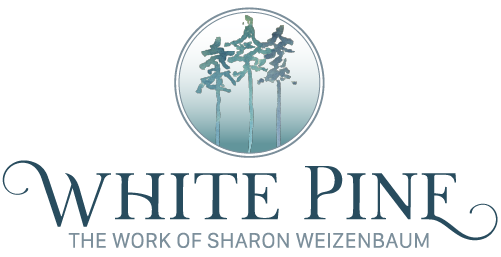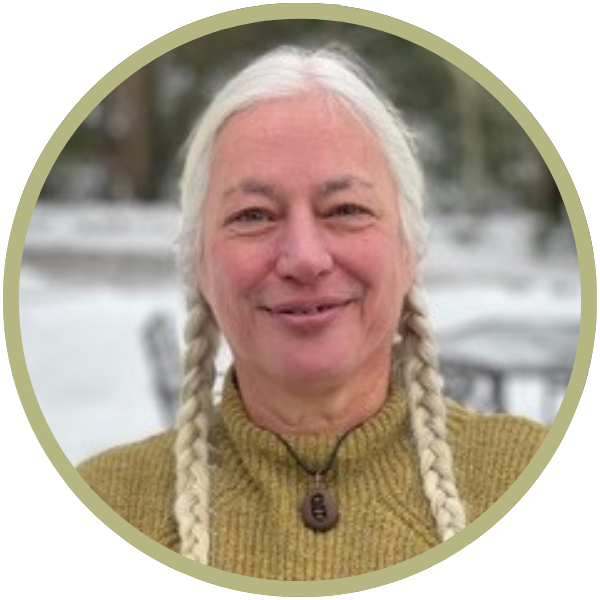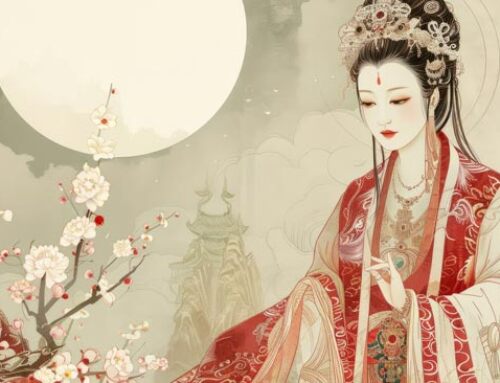The six spirit,六神 and two dawning,二旦 formulas come from a text whose full title is Crucial Rules on Using Medicinals for the Zàng fǔ Organs: Secrets to Aid in Movement, 《輔行訣臟腑用藥法要》Fǔxíngjué zàngfǔ yòng yào fǎy ào (Fuxingjue from here). I gave the title 湯液經法, Tāngyè Jīng fǎ to this article because the contents of the Fǔxíngjué are explicitly about classical methods of decoctions.
In the Fǔxíngjué, there is a single unequivocal mention of a lost text called the Tāngyè Jīng, 湯液經, Classic of Decoctions and its author Yī Yǐn. The Fuxingjue states that some of its contents “[reflects] the utterly significant subtlety of the classical methods of decoctions (Tangye Jing fa).” The fact that the Tāngyè Jīng was mentioned and the phrase tangye jingfa 湯液 經法 was used should not lead anyone to conclude that the Fǔxíngjué represents Yī Yǐn’s Tāngyè Jīng. As the previous article by the classical Chinese language scholar Sabine Wilms shows, when the character 法 “method” is placed after the character 經 “classic/classical, then the character 經 has to function as an adjective that is modifying the fǎ 法 “method.” Therefore jing, “classic” becomes jīngfǎ , “classical method,” and is referring to a method and not a text. Without a doubt and in the good company of the academic consensus among medical historians in China, Wilms has shown that, though the formulas may have ancient roots, there is much in the Fǔxíngjué that proves it is not an ancient text. At the same time, it is likely that some of the formulas have classical or ancient roots and it is definitely about classical methods of decoctions. As one can tell from Wilms’s article, the Fǔxíngjué is a text whose history and content are shrouded in mystery. The origins of its different sections are unknown. No one knows when it was written or who wrote it. Moreover, it is a patchwork of six sections of collected material that seem to be only loosely related to each other. There is evidence that they do not come from any single place, writer or, even era. Wilms showed us that this material was put together some time after the death of the hermit Táo [Hóngjǐng]. Judging by this and from the style and language of the writing and the nature of the formulas, it is very likely that whoever collected the material, much of it is from the Chinese medieval era. Though we don’t know who put it there, it was an anthology of material deemed worth putting together and hiding in the Dunhuang caves by someone.
Download to read the full article.




